An investment of around EUR 200 billion* by 2030, which will create 38,000 jobs, is envisaged in the National Energy and Climate Plan (NECP) to green electricity, transport and buildings.
Solar and storage will be the driver of the green transformation of the electricity sector, while wind farms using sea breeze and new technologies such as hydrogen and renewable fuels will be at the forefront of achieving carbon neutrality goals. by 2050.
Phase-out of gas use
The pace of development of onshore wind energy is slowing down as the limited available areas in which such projects can be located and the saturation of networks are assessed. The contribution of gas to the country’s energy balance is sharply reduced (by almost 50%), despite an increase in installed electricity generation capacity by 2 GW by 2030, and the contribution of lignite is reduced to zero**.
Interpreting this paradox in relation to natural gas, the Minister for the Environment and Energy, during a presentation yesterday at a press conference of the revised National Plan for Energy and Climate Change (ΕΣΕΚ- Εθνικό Σχέδιο για την Ενέργεια και το Κλίμα), explained that, on the one hand, the production of gas installations will be limited as the RES capacity increases, and on the other hand, new installations, as well as infrastructure being created to expand the gas network, will be able to operate after 2030 on other types of fuel (hydrogen, etc.).
The revised ΕΣΕΚ introduces the participation of synthetic fuels in the country’s energy mix for the first time, with a target of 3.4% in the transport sector in 2030. It also sets ambitious targets to improve the energy efficiency of the nation’s building stock through energy conservation programs and the installation of heat pumps. Only for the modernization of buildings, investments of 642 million euros per year in the period 2021-2025 and 935 million euros per year in the period 2026-2030 are envisaged.
Power generation
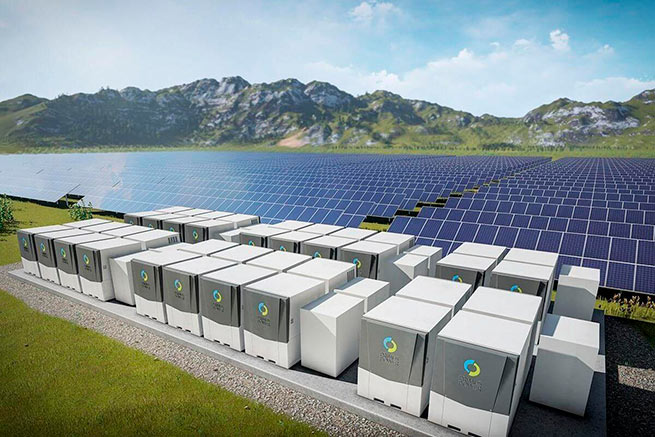
The revised energy and climate plan has a special focus on solar energy and storage.
Finally, the ambitious targets to increase the electrification rate of private vehicles to 20% in 2030 from 3% in 2025 and 85% in 2050 should be noted. From 2035, 1% of private cars will run on hydrogen, and in 2050 this figure will rise to 13%.
“The new proposed ΕΣΕΚ is structured in such a way that it adds value to the Greek economy and domestic added value, creates new jobs and, thanks to the transformation of the energy sector, we will achieve competitive energy prices for all consumers,” said Minister Kostas Skrekas during the presentation of the plan which was put up for public discussion yesterday.
During the press conference, when asked about this, he refrained from giving a clear answer on the size of the burden that the implementation of the NCEC will have on consumers, given that a number of the promoted investments in technology, storage, offshore wind and hydrogen will be carried out with operational support, additional investment in the grid will be required (1.2bn planned) and gas stations will also need to be subsidized to be viable due to the limited planned operation of ΕΣΕΚ. “The costs would be much higher if we did nothing,” the minister said, but assured that if the targets were met, electricity prices would drop significantly.

More specifically, according to the new ΕΣΕΚ, in 2030, 80% of electricity will be produced from renewable energy sources, compared to the current target of 61%, and the reduction of greenhouse gas emissions compared to 1990 will be 55%, while saving energy will be 6%. The share of renewables in gross final energy consumption from 22% in 2021 and a target of 35% in existing AIT is projected to reach 45% in 2030, above the 40% target agreed at the European level.
In terms of electricity generation, the installed capacity in the country in 2030 should reach 36.1 GW, compared to 21.6 GW in 2022. This means that another 14.5 GW of capacity will need to be created. Of these, solar power accounts for the majority, with capacity projected to reach 14.1 GW in 2030 and 34.5 GW in 2050 from 5 GW today.
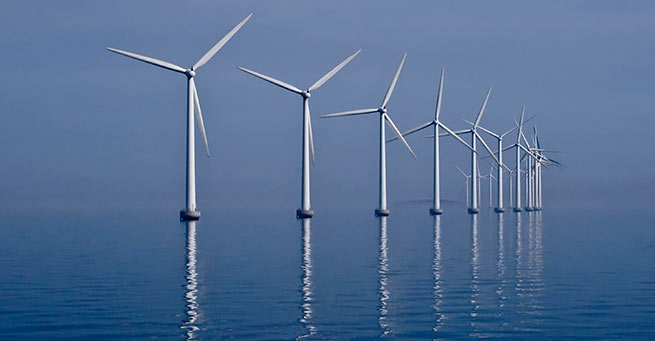
Offshore wind farms will add 2.7 GW to the system by 2030 and 17 GW by 2050. Offshore wind farms are projected to increase to 7 GW in 2030 and 10 GW in 2050, up from 5 GW today, and hydropower to 4 GW in 2030 from 3.2 GW in 2022, with the most important The project is the Mesochora hydroelectric power plant, which has been unlocked after many years and is currently under completion.
Abandoning brown coal by 2030
The installed capacity of gas-fired power plants from 5 GW today will reach 7 GW in 2030 to return to 5 GW in 2050. The installed capacity of oil stations on the islands is decreasing from 1.7 GW today to 0.7 GW in 2030 to return to 0.2 GW in 2050. The share of lignite declines to zero in 2030.
Batteries are the basis of the project
Energy storage with electric batteries, pump storage and hydrogen is a key element of the new National Plan for Energy and Climate Change (ΕΣΕΚ ), and the reason for this is that it improves the efficiency of renewable energy, since produced in windy and sunny weather, it can be stored without burdening saturated networks. The target is to install a total of 8 GW of storage, of which 2.5 GW from pump storage projects, 5.6 GW from batteries and 0.2 million metric tons of hydrogen, which will require 1.2 GW of renewable energy to produce. energy. 0.2 million tons of synthetic fuel is also being added to storage.
Editorial Notes:
* The only thing left is to get a loan for this amount, and then give all the profits earned to creditors and investors. The classic way for Greece and many other countries, because the so-called. “green energy” is almost 10 times more expensive than nuclear energy, and the question of its environmental friendliness is in great doubt. The authors of the project are well aware of this.
**Despite the victorious reports regarding the sharp curtailment of the use of gas in the production of electricity, the editors have certain doubts about the veracity dataprovided by the Department of Energy.
Is this “green” “green energy”, another point of view
In preparation for the conference “Global Crisis. The Time of Truth”, which took place on December 4, 2021, revealed obvious facts pointing to a planetary deception.
The following questions were answered:
- What is the danger of solar panels, and what actually happens during their operation and disposal?
- What’s wrong with wind farms? Why is it unprofitable to build them, and what danger do they carry for the ecology of the planet?
- What are the dangers of hydroelectric power plants?
- Why is green energy so intrusively advertised if it is unprofitable?
- Is the efficiency of renewable energy sources and their impact on the environment taken into account?
International online conference “Global Crisis. The Time of Truth” with translation into 100 languages of the world: https://creativesociety.com/en/globalnyiy-krizis-vremya-pravdy
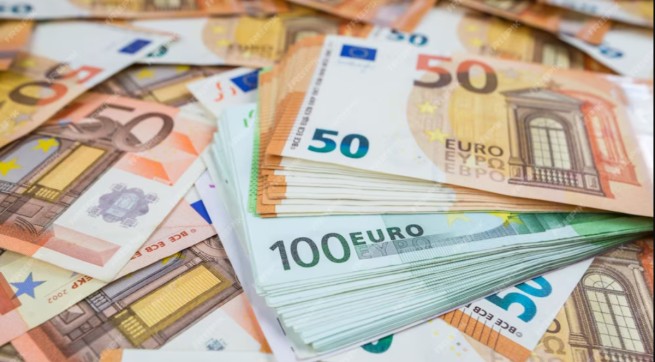

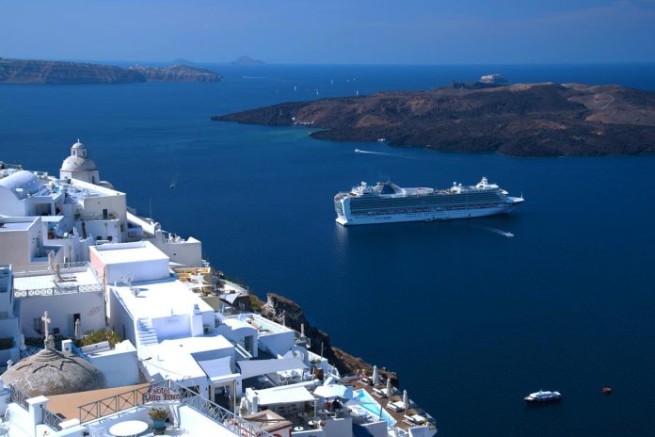


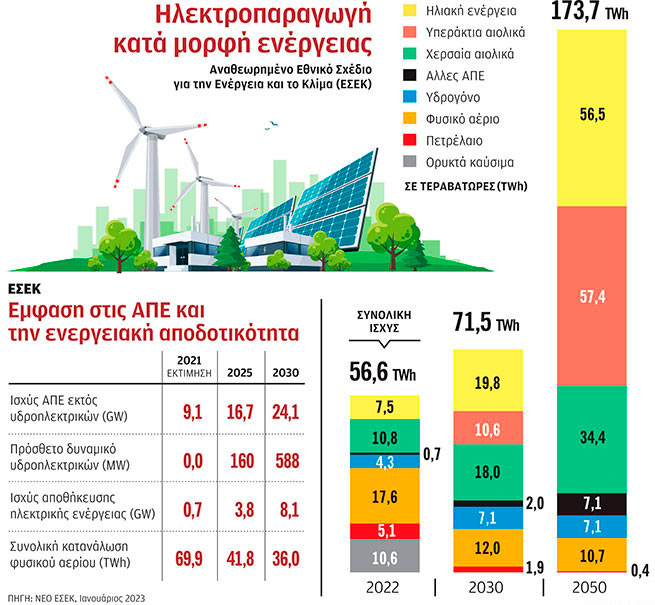

More Stories
“Bonus” of 300 euros for the long-term unemployed
Turkish tourists choose Samos for their holidays
Food: Testing for Pesticides